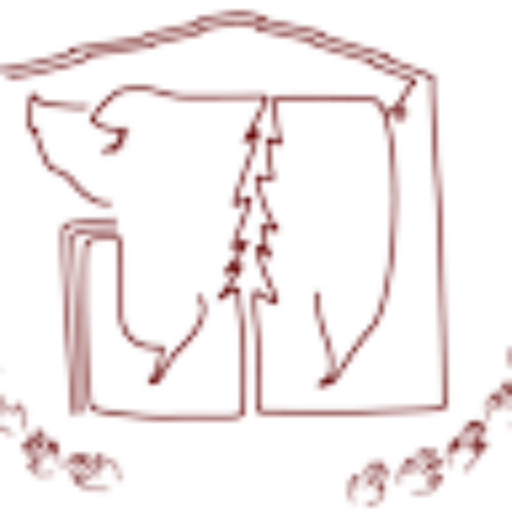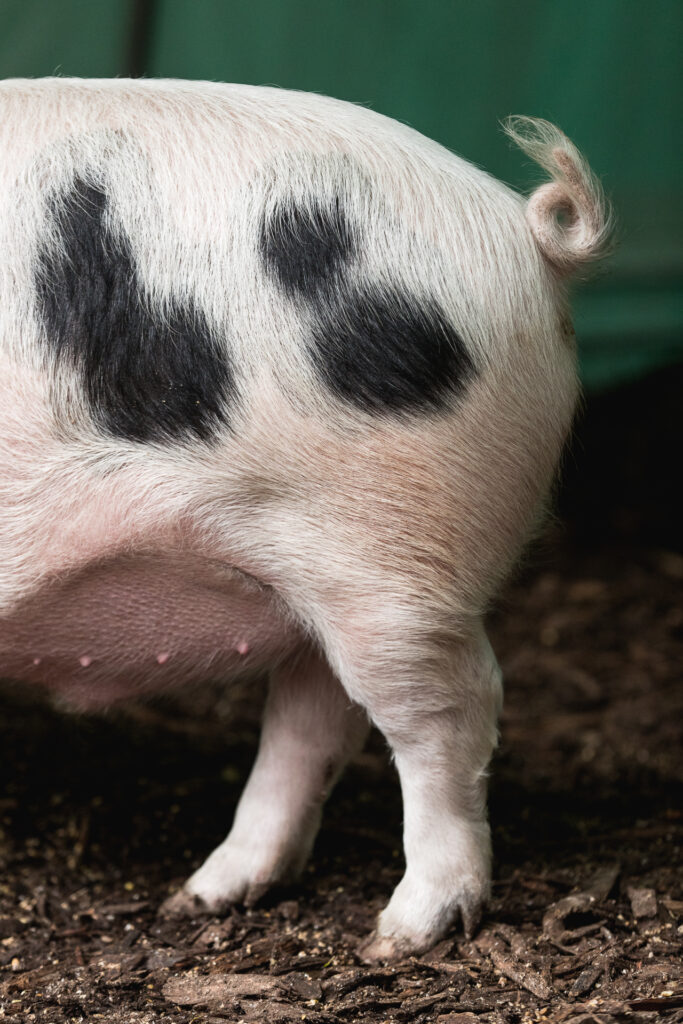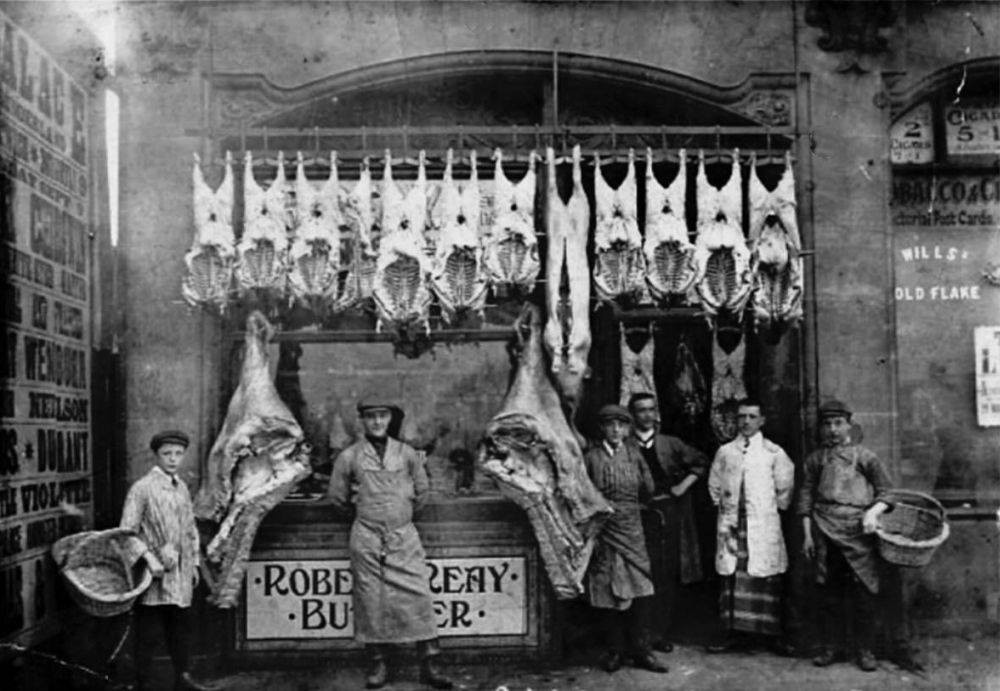
The Family Pig II
*October 23rd-25th class is OPEN*
The yield of the pig is so expansive and diverse that we lack the time to cover it all in our original Family Pig class. The Family Pig II is a three-day harvest of completely new material. It is not merely adding recipes to the list, but conferring competency in traditional processes to establish the well-off frugality of the family table.
Using antique cutlery and your hands, this extensive class transforms a heritage breed pig into fresh, fermented, and preserved pork. Among the many techniques, we will make and learn to use a preservation brine. We will make rillettes, preserving meat with fat in the confit pot. The intestines will be treated artfully, beguiling their customary baseness. We will transform the head into headcheese, and the trotters into a meal that has become a favorite at the Sheard table.
Though it is a “part II” to The Family Pig series, no prior experience is required. The Family Pig II is simultaneously another way to harvest a pig, and a way for those who have been to The Family Pig to broaden the human power of artful nourishment.
Martinmas Goose and Duck Harvest
*Our only poultry class of 2025 is November 7th-8th*
The goose is the noblest bird of the farmyard. As grazing waterfowl, it supplies the home kitchen with utterly unique provender. Starting with living geese, we will transform them into undiluted goods for the family table through the culinary traditions of the premodern peasant.
“The confit pot is one of the most useful storage items in the French farmhouse kitchen.” -Elisabeth Luard
With the convenience of refrigeration so widely available, we can easily ward off spoilage, at least for a little while. But this ease comes at the cost of flavor. The freezer cannot improve the meat it contains; it can only delay its inevitable demise. Older methods of preservation not only keep meat from going bad, but help it to go good. The traditions of our fathers in preserving the harvest evince thrift and extravagance in equal measure. One of these methods is confit.
The Family Lamb
*Just 3 spots open in the June 19th-21st class. This is the ONLY 2025 class*
This is a unique chance for farmers and hunters of all stripes (new or veteran) to learn more about growing livestock and field dressing your game with good meat as the goal. Using your hands and antique cutlery we will turn 4 lambs into kitchen sized lamb cuts, sausage and charcuterie.
Brandon will demonstrate humane sticking (killing) and bleeding methods. There will be no stunning involved, which only registers more pain and longer consciousness in the animal; we only need a very, very sharp knife. You then will take the knife in hand as Brandon leads you through clean and efficient hanging, skinning and eviscerating methods. We’ll extract all the offal and talk about the homesteader’s culinary use of the whole animal.
As always this is a very intimate and memorable teaching setting with Brandon as he works at your pace and we let your questions guide the day. You’ll be working with 4 lambs (1 lamb/2 people), making for plenty of material to learn on. Bring your notepads and filming devices. All instruction is entirely translatable to any other ruminant harvesting including goats, deer, elk, beef, etc.
The Family Pig I
*The only 2025 class is October 16th-18th*
The Family Pig I is an earnest and winsome course in domestic pig raising, harvesting and eating. Inspired by the pig, we go deep and wide in the preservation of pork, the salting of bacon, the harvesting of innards, the carving of flesh and the unreproved indulgence in fat and salt.
You take with you not only a package of educational material and sausage of your own making, but the working knowledge of harvesting two pigs from the field to the two-year-old prosciutto hanging in your kitchen.




